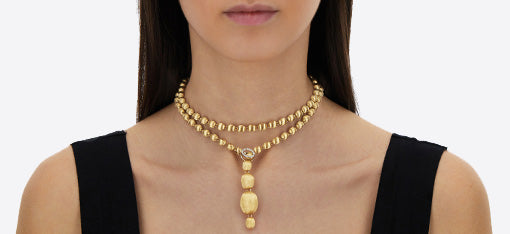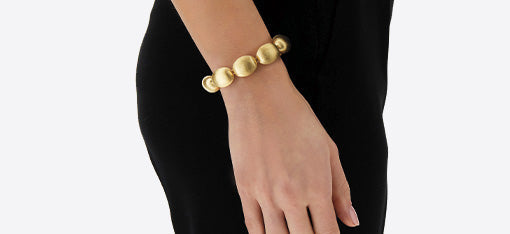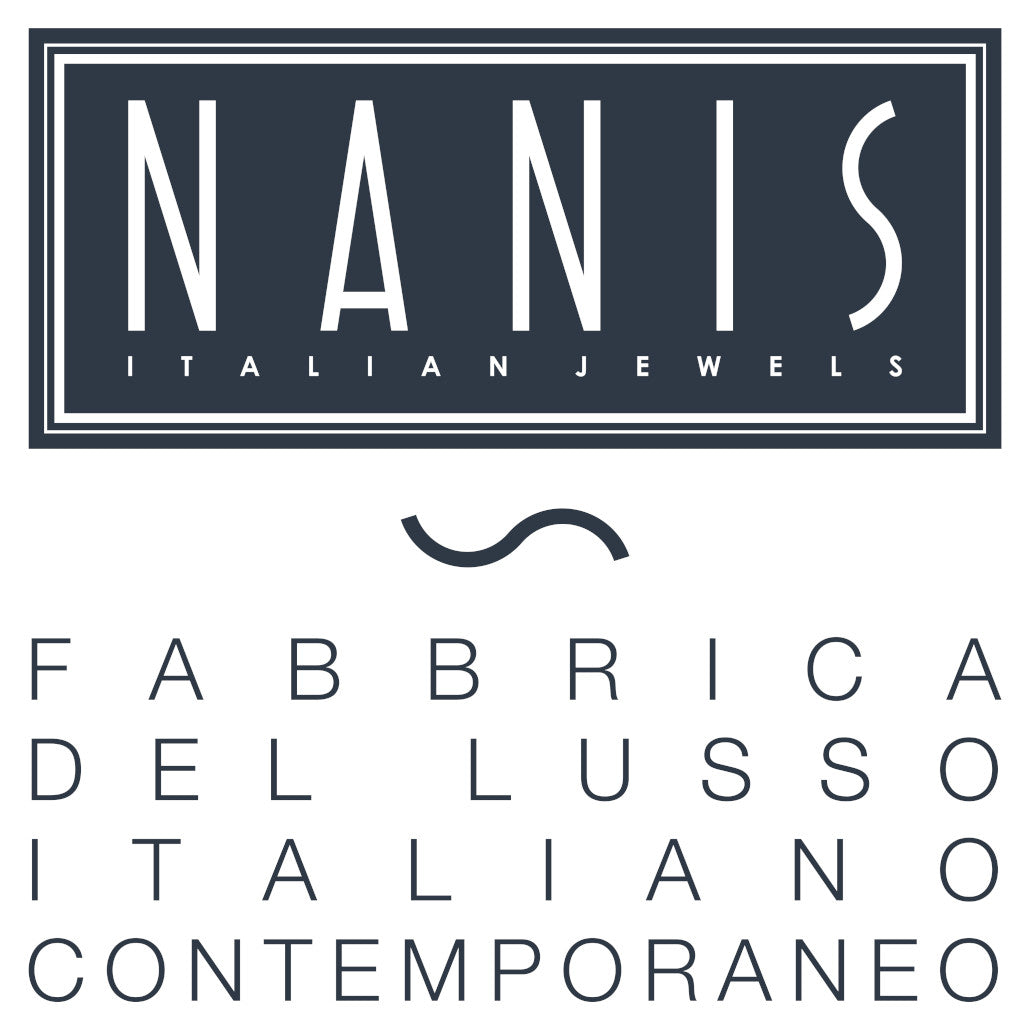The unbearable lightness of being
Light or heavy? This is the question. The heavy-light opposition is the most mysterious and the most ambiguous of all oppositions. Is heaviness terrible and lightness wonderful?
Or is the heaviest burden, which seems to oppress, bend and crush us to the ground, instead the most intense life fulfilment?

The heavier the burden, the closer our life is to the earth, the more real and authentic it is. Conversely, the absolute absence of a burden causes man to become lighter, to move away from the earth, from being earthly, to become only half-real and his movements to be as free as they are meaningless.
What should we choose then? Heaviness or lightness?
Milan Kundera, in his famous book 'The Unbearable Lightness of Being', tells us how Parmenides asked himself this question as early as the sixth century BC. He saw the entire universe divided into pairs of opposites: light-dark, hot-cold, thick-thin, being-not-being. One of the opposite poles was for him positive (light, hot, thin, being), the other negative. This division into positive and negative poles may appear simple to grasp. Except in one case: what is positive, heaviness or lightness?
Parmenides answered: lightness is positive and heaviness negative. Was he right or wrong? How many other philosophers and artists have been faced with this dilemma?
Unlike Parmenides, for Beethoven heaviness was definitely something positive. Just listen to his music and think of Beethoven's heroes: true metaphysical weightlifters. The last movement of Beethoven's last quartet is written on two motifs: 'Muss es sein? Es muss sein! (Must be? Must be!). Beethoven wrote unequivocal words at the head of the last movement: the great resolution.
For Beethoven, the great resolution, the meaning of life, was united with the voice of Destiny; heaviness, necessity, and value were for him intimately linked concepts: only that which is necessary is heavy, only that which weighs has value.
This conviction, which was not born out of the great composer's music, but also because of it, we more or less all share it today: a person's greatness lies in the fact that each one carries his destiny as Atlas carried the vault of heaven on his shoulders.
Is this really so? Light is superficial and frivolous while heavy is serious and worthy of respect?

HOW LIGHT IS GOLD?
There are areas and places where weight does not seem to matter so much, and indeed is considered differently.
Gold is a very heavy metal; at a temperature of 20°C, the density of gold is 19320 kg/m3. This means that 1 m3 of such metal has a mass of 19320 kg. We are not accustomed to attributing heaviness to this metal because it is rare and because we have always been accustomed to seeing small and very precious quantities of it. Therefore, a heavy metal has lightness attributed to it as a quality.
COULD HEAVY BE LIGHT?
Among the most distinguishing features of the Nanis jewelry designed by Laura is the lightness of the workmanship. Taken in the hand they feel like feathers, when worn you could forget about them if your eyes didn't sparkle so much. But what is striking about these pieces of jewelry is not only the elegance, the versatility of the models, the beauty of the shapes, but also how pleasant they are to wear.
It is the lines of Laura's design combined with the refined techniques of the masters who have been working in the Italian Nanis factory for decades that make these important pieces of high jewelry so light. Earrings like feathers that never tire of being worn, necklaces with important shapes that do not weigh down the neck but illuminate it and make it shine.
Each piece of 18kt gold jewelry represents the highest expression of Made in Italy Haute Joaillerie: it is the result of an almost lost experience in which precious jewelry, made entirely by hand, with the utmost attention to detail and in the selection of stones, are true masterpieces of the goldsmith's art, an expression of that tradition that has remained unchanged in the work of our craftsmen.
The LIBERA ICON collection is a perfect example of how our designer succeeds in transferring the lightness of fashion into her important pieces of jewelry: these necklaces and bracelets in 18kt gold disrupt the traditional concept of the chain. The iconic design of the chain in these high jewelry pieces meets the sinuosity and roundness of the Nanis jewelry hallmark. The elegance of these pieces is bold: you can play with the traditional style of the chain, heavy par excellence in both material and figurative terms, and transform it into these innovative, feather-light jewelry designs.
NANIS: THE LIGHTNESS OF HIGH JEWELRY
It is also in the earrings of the NUVOLE line, from the Italian word 'Clouds', created by Laura Bicego, that lightness is translated into precious workmanship that reproduces impalpable fabrics, transforming them into high jewelry. The workmanship of these jewels. The surfaces of these gold earrings are made unique by a very ancient craftsmanship, using a burin tool. Our engravers, using ancient tools, draw deep grooves giving the jewelry a soft appearance reminiscent of fabric, silk. Only manual, artistic and extremely precise work can give gold such lightness and brilliance. In Nanis high jewelry there is undoubtedly a rediscovery of the desire to elevate the expression of femininity to a greater degree of emancipation: lightness is not frivolity but expresses the joy of living the jewelry of the contemporary woman that Laura wants to represent.
We should take inspiration from this 18kt gold jewelry that manages to transform such a heavy metal into such light creations and learn and live in a lighter way. Which does not mean frivolous or superficial but learning to give the right weight to things. So that we do not feel in a cage and do not perceive everything as heavy and meaningless.
As Italo Calvino wrote, to 'not have boulders on your heart'.







